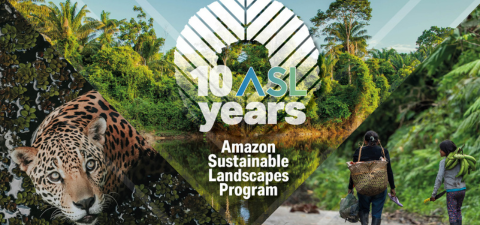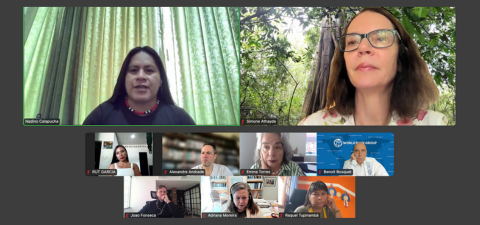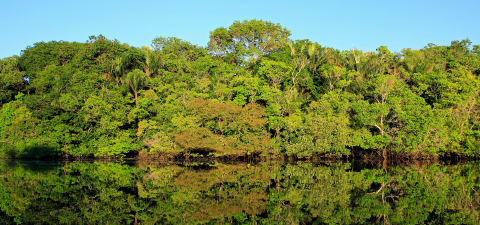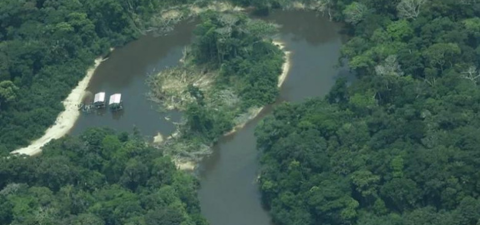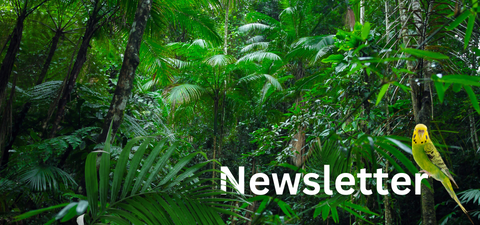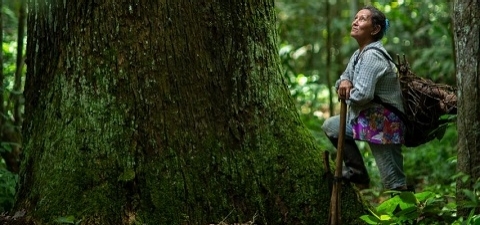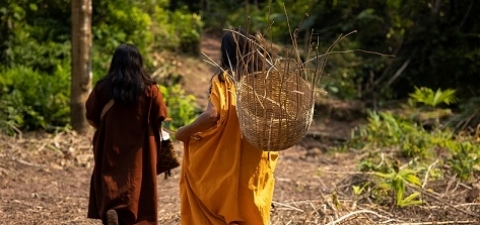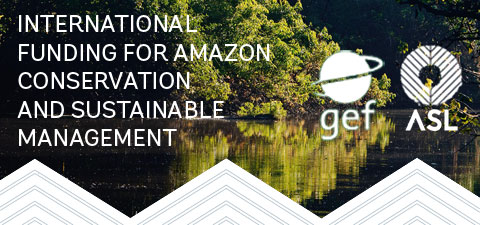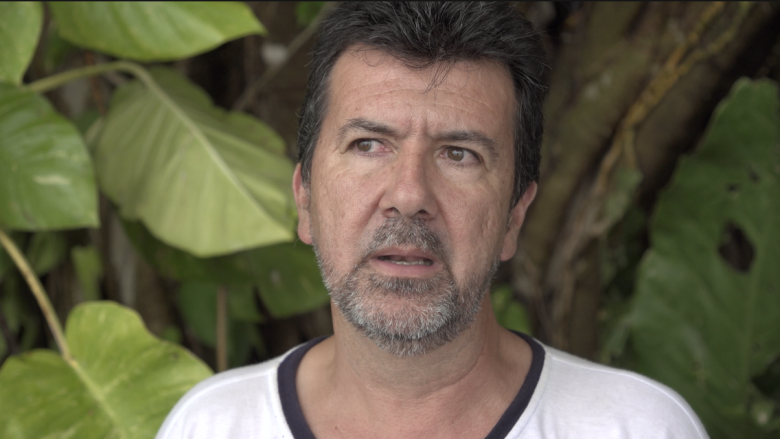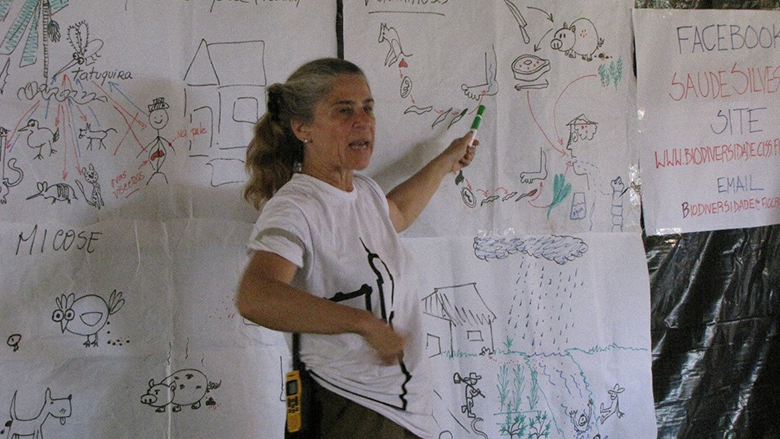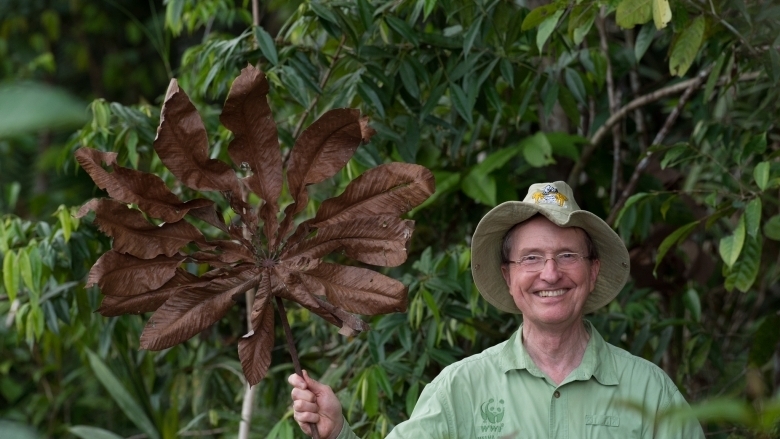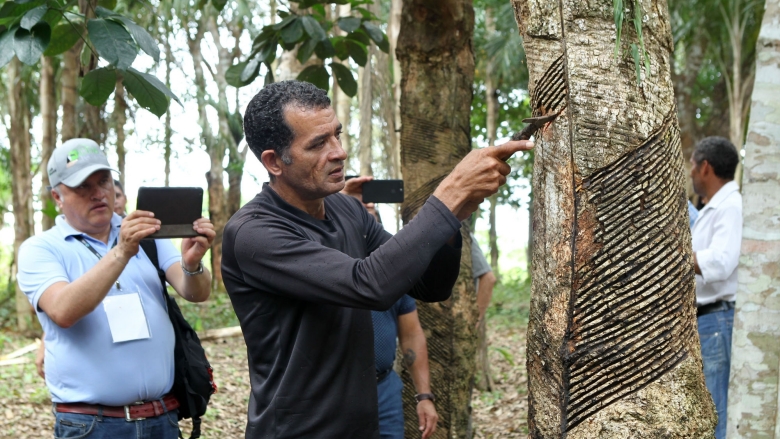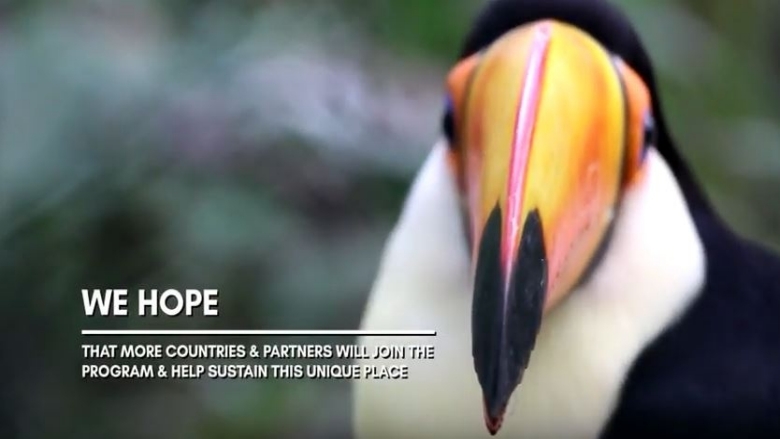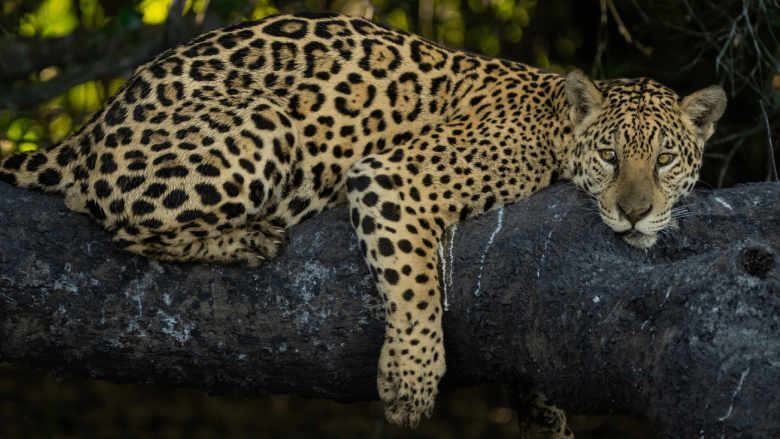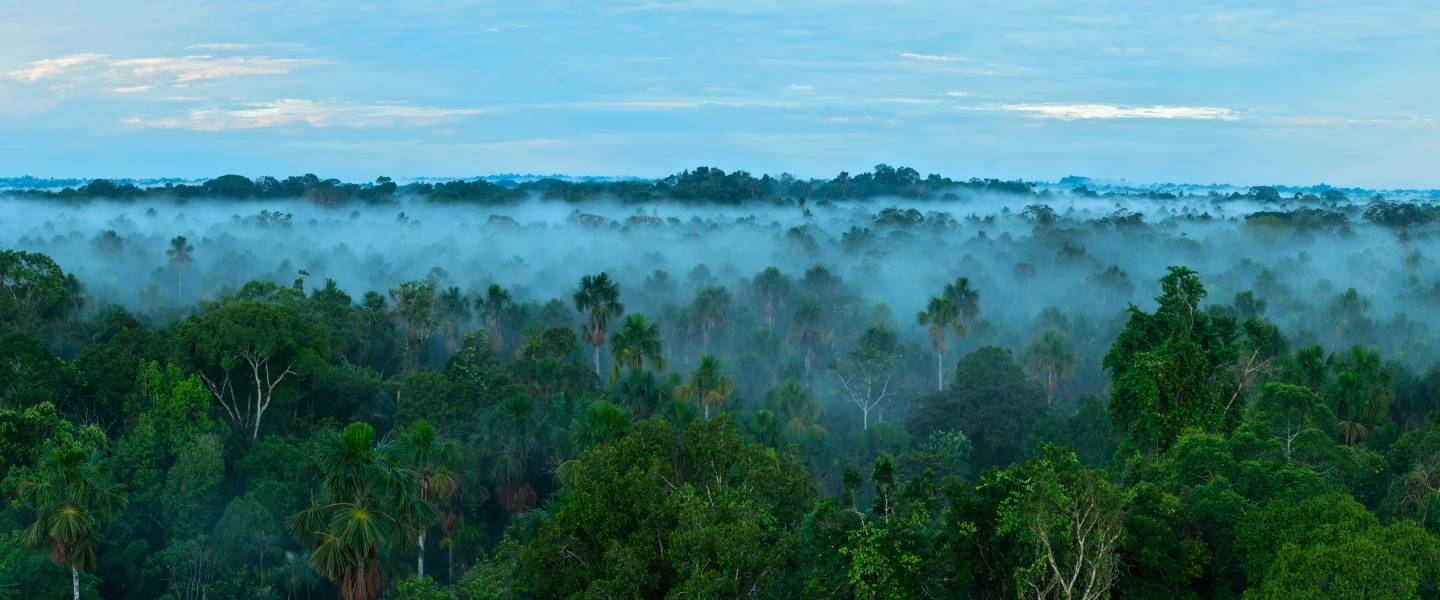
Programa Paisagens Sustentáveis da Amazônia
10 anos conectando pessoas e instituições para conectar paisagens
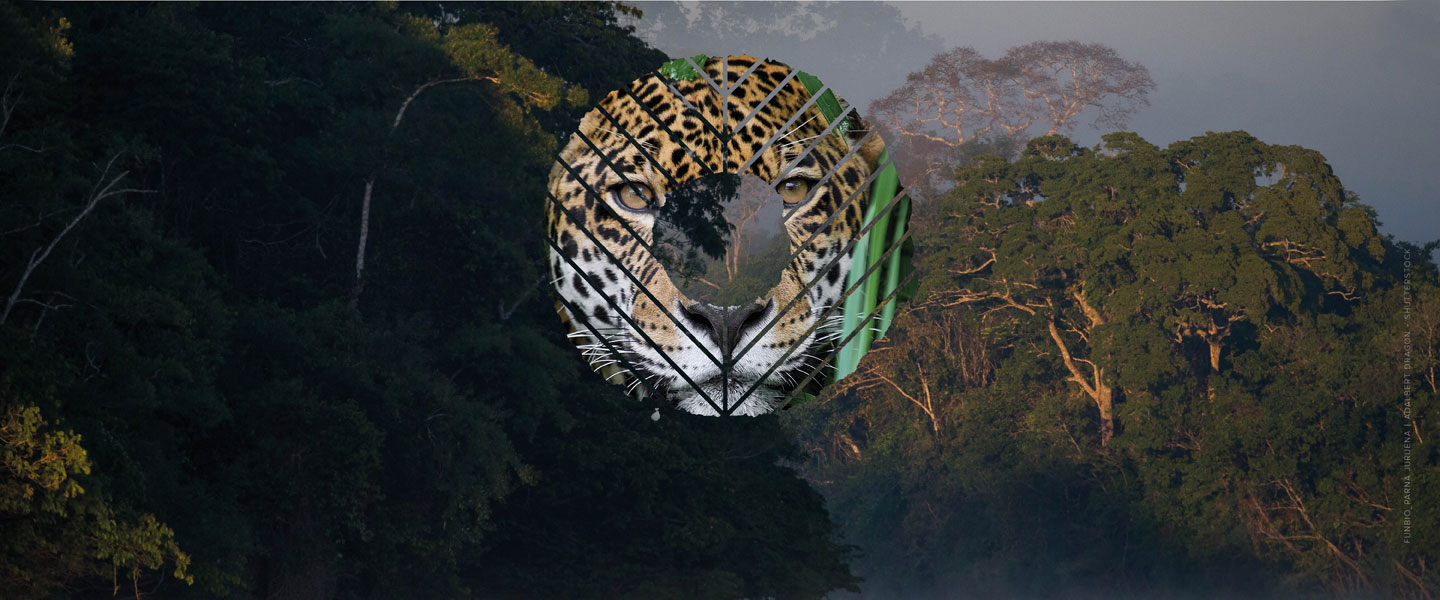
The Amazon rainforest is home to 1,300+ birds, 430+ mammals, 1,000+ amphibians and 400+ reptiles. In fact, just ONE tree in the Amazon rainforest hosts a rich array of wildlife.
Destaques
Boletim ASL: Dezembro 2025
Comemorando o nosso marco de 10 anos, este boletim informativo fornece reflexões sobre a COP30, atualizações importantes dos projetos nacionais e o lançamento do nosso relatório abrangente de 10 anos. Mergulhe no trabalho essencial que nossos líderes locais estão realizando em conservação, conectividade ecológica e meios de subsistência sustentáveis.
Comemorando 10 anos do Programa ASL
Desde 2015, a ASL produziu uma década de impacto. Para comemorar o seu 10º aniversário, a ASL organizou um webinar destacando as principais conquistas. Para se aprofundar no sucesso do programa, assista à gravação do webinar e acesse o novo relatório especial: 10 anos ASL: uma década de conexões.
Futuros da Amazônia: Jovens indígenas liderando mudanças
Este blog recapitula um webinar coorganizado pelo ASL e pelo Painel Científico para a Amazônia em homenagem ao Dia Internacional da Juventude e ao Dia Internacional dos Povos Indígenas. O evento explorou como o engajamento equitativo com povos indígenas e comunidades locais, especialmente jovens indígenas, pode fortalecer a ciência, as políticas e a governança.
Vivendo o território: Uma vida a serviço da Amazônia
Luz Adriana Rodriguez has devoted her life to protecting the Amazon, combining a deep love for nature with community-led work across Colombia. With years of experience in the region, she’s learned that lasting change starts with trust and respect for local traditions. As coordinator of the ASL's Heart of the Amazon project in Colombia, she champions sustainable land use and stronger regional governance.
Protegendo o papel da onça-pintada no equilíbrio do ecossistema na Amazônia
A Amazônia abriga aproximadamente 90% da população de onças-pintadas que desempenham um papel crucial na manutenção do equilíbrio ecológico da floresta amazônica, regulando as populações de presas. Esforços de conservação utilizando tecnologia e os corredores ecológicos são vitais para proteger as onças-pintadas e seus habitats.
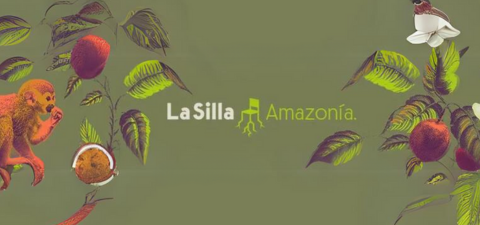
La Silla Vacía lança a seção "Silla Amazonía"
O meio de comunicação colombiano "La Silla Vacía" lançou "Silla Amazonía," uma seção dedicada a cobrir os desafios e avanços na conservação da região amazônica. A iniciativa é realizada em parceria com o Banco Mundial, através do ASL, com recursos do GEF; assim como com outros parceiros como a CAF e a USAID.
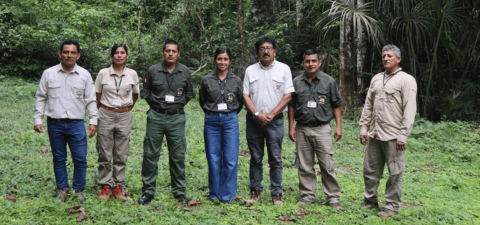
Celebrando os guarda-parques da Amazônia
Em homenagem ao Dia Mundial dos Guarda-parques, celebramos os incríveis guarda-parques que dedicam suas vidas à proteção da Floresta Amazônica. Junte-se a nós enquanto destacamos guarda-parques extraordinários da região amazônica trabalhando com projetos do ASL neste Storymap.

Podcast "Guardianas del Futuro" (Guardiões do Futuro)
A mídia 'La Oreja Roja' visitou a Amazônia colombiana para se encontrar com líderes que lutam pela conservação ambiental e que enfrentam problemas como a mineração ilegal ou o desmatamento. Eles fazem parte do programa Paisagens Sustentáveis da Amazônia e do projeto Coração da Amazônia.
Amazônia Viva: Ciência, Culturals e Sustentabilidade na Prática
Aprenda sobre a importância da Amazônia em escala local e global, as ameaças que a região enfrenta e como o desenvolvimento sustentável pode ajudar a proteger seus povos e sua extraordinária biodiversidade para as gerações atuais e futuras. Este curso é o produto de uma colaboração entre o Science Panel for the Amazon (SPA), o World Wildlife Fund (WWF) e o Banco Mundial (WB), com apoio financeiro do Global Environment Facility (GEF). Disponível em inglês com transcrições em espanhol e português. Data de início do curso: 18 de março de 2024.
Financiamento internacional para conservação e gestão sustentável da Amazônia:...
Essa análise fornece dados importantes sobre o financiamento para conservação e desenvolvimento sustentável na Amazônia, especialmente devido ao seu foco no período em que ocorreu a pandemia da COVID-19. Essas informações podem ser usadas para informar e promover o diálogo que leva a esforços aprimorados de coordenação de doadores. As principais recomendações incluem atualizar esses dados regularmente, aprimorar a análise com avaliações de impacto, usar os dados para estabelecer sinergias entre doadores e beneficiários e aumentar o financiamento que vai diretamente para as comunidades indígenas e locais. O estudo disponibiliza os dados de financiamento atualizados de 2013 a 2022 em um painel interativo de visualização de dados de acesso aberto, que foi criado pelo Banco Mundial durante o ...
Colaboração Regional para Lidar com os Impactos da Poluição por Mercúrio na ...
A poluição por mercúrio, resultante da mineração ilegal na região amazônica, afeta os ecossistemas e sua biodiversidade, bem como a saúde das comunidades locais. O ASL, em conjunto com a Aliança Regional Amazônica para a Redução dos Impactos da Mineração de Ouro (ARAIMO), promoveu a colaboração regional, gerando informações para uma melhor tomada de decisões e incentivando o diálogo multissetorial e entre países.
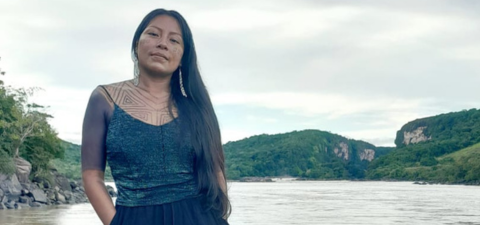
Jovens indígenas falam sobre identidade cultural e um planeta habitável
Este ano, o Dia Internacional dos Povos Indígenas do Mundo reconhece os esforços da juventude indígena para apoiar o desenvolvimento sustentável, junto com sua busca pela justiça e a preservação de sua cultura e tradições. O Banco Mundial entrevistou jovens líderes indígenas de todo o mundo, incluindo Eglenis Valerio, do povo Ticuna, e Danixa Moreno, do povo Nonuya, da região amazônica. Eles destacaram a importância de fortalecer e revitalizar sua conexão com o meio ambiente como chave de sua identidade.
Boletim do ASL Junho 2023
Nesta edição, temos o prazer de compartilhar a aprovação da terceira fase do ASL pelo Conselho do Fundo Mundial para o Ambiente (GEF). Entre outras histórias e notícias interessantes, você também pode ler sobre o Relatório Anual 2022 que mostra as conquistas, desafios e lições aprendidas com os projetos AS1 e ASL2 e o trabalho colaborativo com a Fundação para a Conservação e o Desenvolvimento Sustentável (FCDS) e a Conservation Strategy Fund (CSF) em um conjunto de atividades destinadas a fortalecer a colaboração regional para neutralizar, restaurar e responder aos impactos da mineração de ouro e da poluição gerada pelo uso de mercúrio na região amazônica.
Celebrando as terras úmidas da Amazônia
Zonas úmidas são "áreas de sapais, pântanos, turfeiras ou águas, naturais ou artificiais, permanentes ou temporárias, com água parada ou corrente, doce, salobra ou salgada, incluindo extensões de água marinha cuja profundidade na maré baixa não exceda 6 metros ." Conheça a importância e as características dos pântanos amazônicos neste infográfico.
Lições aprendidas na promoção da equidade de gênero na Amazônia
As mulheres desempenham um papel importante como agentes de mudança em suas comunidades, fazendo contribuições valiosas para a proteção e cuidado do meio ambiente. Com o objetivo de analisar as lacunas de gênero presentes nas iniciativas de conservação e desenvolvimento sustentável na região amazônica e identificar soluções para enfrentá-las, o Projeto Regional de ASL produziu o estudo "Soluções de mulheres: lições para a conservação e o desenvolvimento sustentável da Amazônia ”.

Abrindo oportunidades para o monitoramento participativo da vida selvagem na ...
As armadilhas fotográficas e a tecnologia acessível às comunidades e governos podem ser ferramentas poderosas para a tomada de decisões sobre conservação. O projeto regional ASL estabeleceu uma parceria com a Wildlife Insights (WI) para desenvolver uma ferramenta de exploração de dados dedicada que avalia e analisa imagens de vida selvagem capturadas por armadilhas fotográficas.
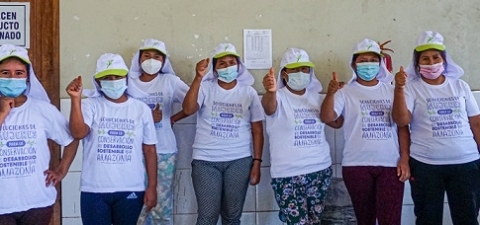
Soluções de mulheres: Lições para a conservação e o desenvolvimento sustentá...
O estudo destaca histórias de sucesso nas regiões amazônicas do Brasil, Colômbia e Peru, onde as disparidades de gênero foram reduzidas, e das quais podem ser extraídas lições e recomendações para outras intervenções. O estudo foi elaborado pelo Centro de Pesquisa Florestal Internacional (CIFOR), encomendado pelo projeto regional do programa Paisagens Sustentáveis da Amazônia.
A juventude amazônica tem um papel ativo na proteção das florestas
O ASL está encorajando e incorporando esforços dos jovens em seus programas através de atividades como jardinagem, apicultura, restauração florestal e educação ambiental. Jovens e representantes de equipes do ASL compartilharam recentemente atividades e lições aprendidas para conservar a Amazônia em uma conversa promovida pelo ASL.
Homenageando as contribuições das mulheres para suas comunidades no Dia dos ...
O tema do Dia Internacional dos Povos Indígenas deste ano é O Papel das Mulheres Indígenas na Preservação e Transmissão do Conhecimento Tradicional, reconhecendo o papel das mulheres indígenas como a espinha dorsal das comunidades indígenas e seu papel crucial na preservação e transmissão do conhecimento ancestral tradicional. Muitas mulheres indígenas também estão assumindo a liderança na defesa de seus territórios e defendendo os direitos coletivos dos Povos Indígenas em todo o mundo.
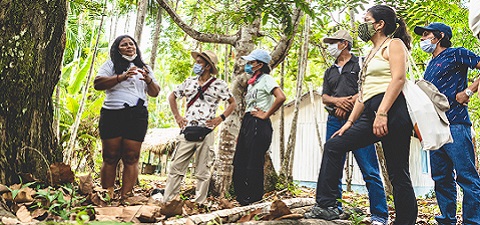
Visita de estudos fortalece iniciativas de turismo sustentável de base ...
O Turismo Sustentável de Base Comunitária (CBST) é um setor emergente que oferece aos viajantes uma experiência mais autêntica e sustentável. Pode agregar valor à conservação dos recursos naturais e promover os meios de subsistência e empregos locais. O Programa Paisagens Sustentáveis da Amazônia apoia o CBST, facilitando recentemente uma jornada de troca de conhecimento, incluindo aulas virtuais e uma visita de estudo com empreendedores locais, líderes comunitários e autoridades governamentais do Brasil, Colômbia e Peru.
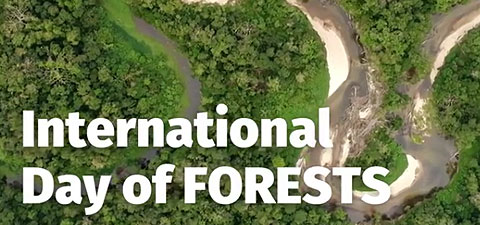
International Day of Forests
The Amazon forest is the largest tropical forest in the world! It represents 40% of the planet's remaining rainforest.
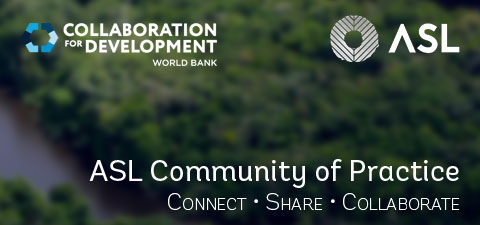
ASL Community of Practice
Our ASL Community of Practice is a place for practitioners to connect, share, and collaborate on various topics across the Amazon region.
Analysis of Grant Funding across the Amazon Basin
This study provides a starting point for donors, countries, and civil society to understand the current funding scenario, begin critical conversations on how these investments can be enhanced, and explore how donors can work together to strengthen and coordinate their efforts.
International Women's Day
Women are agents of change making valuable contributions to conserve world's natural resources. We celebrate the wisdom, knowledge and tenacity of women who take care and protect forests and water resources in the Amazon.
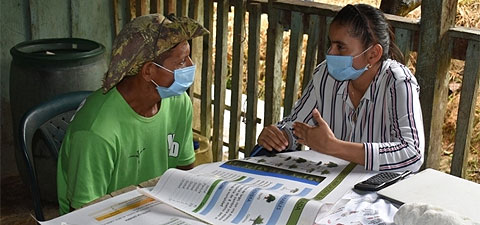
Community engagement and conservation agreements in the heart of the ...
The Heart of the Amazon project, part of the ASL Program, is working to strengthen institutional and community forest governance, conserve forests and promote sustainable management in the Amazon.
The Dream of Community Forestry in the Amazon
Managing forests sustainably involves putting a system in place that is ecologically sound, economically viable and socially responsible. This is essential for the preservation of the Amazon's forests.
Why the environment matters to human health
Deforestation and degradation of forests increase our exposure to animal pathogens and enables zoonotic spillovers. ASL spoke with Dr. Marcia Chame about zoonoses and solutions for the future.
Why the Amazon's Biodiversity Is Critical for the Globe?
Amazon expert and leading ecologist Thomas Lovejoy discusses threats to the Amazon, how best to manage them, and the importance of ASL Program.
When Forest Protection and Economic Renewal Grow Hand in Hand
The Amazon forest landscape does more than give vital resources to the 33 million people that live in it. It sequesters 70bn tons of carbon, benefiting everyone.
What is the Amazon Sustainable Landscapes Program (ASL)?
Led by the World Bank, the ASL aims to protect globally significant biodiversity and implement policies to foster sustainable land use and restoration of native vegetation cover.

VIDEO
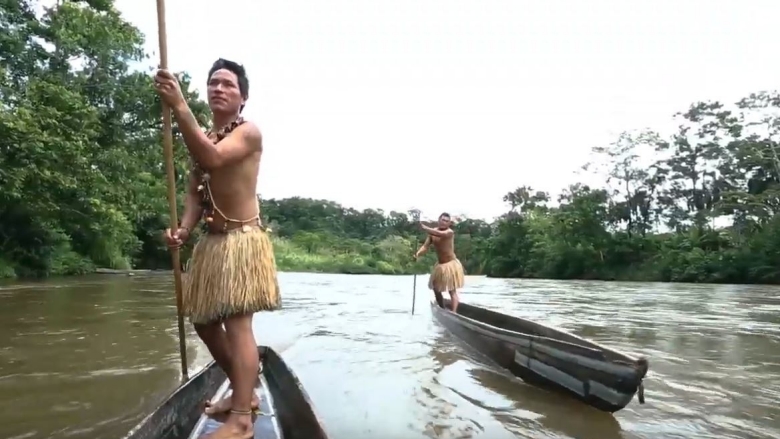
Promovendo o uso sustentável da terra e da água na Amazônia
DESTAQUE
Preservar os Tesouros da Amazônia
Comunidade de Prática ASL
Explore a Comunidade ASL

